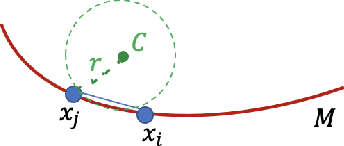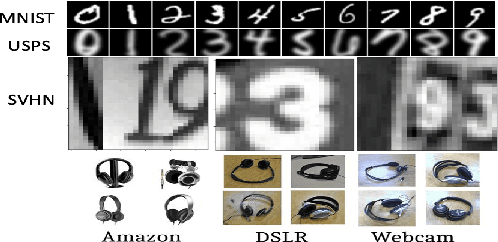Implicit Bayes Adaptation: A Collaborative Transport Approach
Paper and Code
Apr 17, 2023



The power and flexibility of Optimal Transport (OT) have pervaded a wide spectrum of problems, including recent Machine Learning challenges such as unsupervised domain adaptation. Its essence of quantitatively relating two probability distributions by some optimal metric, has been creatively exploited and shown to hold promise for many real-world data challenges. In a related theme in the present work, we posit that domain adaptation robustness is rooted in the intrinsic (latent) representations of the respective data, which are inherently lying in a non-linear submanifold embedded in a higher dimensional Euclidean space. We account for the geometric properties by refining the $l^2$ Euclidean metric to better reflect the geodesic distance between two distinct representations. We integrate a metric correction term as well as a prior cluster structure in the source data of the OT-driven adaptation. We show that this is tantamount to an implicit Bayesian framework, which we demonstrate to be viable for a more robust and better-performing approach to domain adaptation. Substantiating experiments are also included for validation purposes.
 Add to Chrome
Add to Chrome Add to Firefox
Add to Firefox Add to Edge
Add to Edge